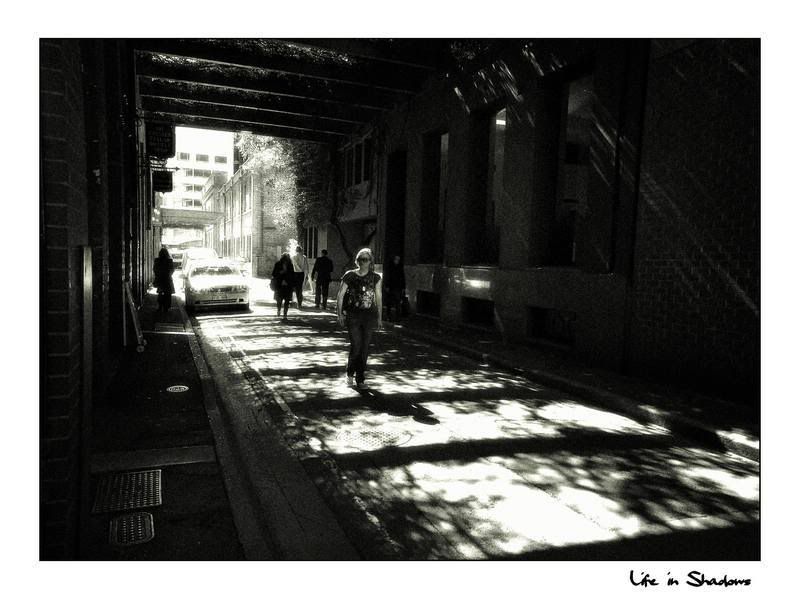there's an ass for every seat, or in this case, a wall for every picture.
wolfe wouldn't be here if people weren't interested in what he produces, he wouldn't have a show and wouldn't publish books that won't sell. so if we're talking about the test of time being the span of his career, i think it has been withstood.
equally, i am sure that someone looking at wolfe's pictures would look a the one you praised and say "wtf is wrong with this?". i don't like blanket generalizations like this, but i hope you see my point here. as a landscape/wildlife photographer, or whatever his actual label is, he markets and appeals to a completely different persona, never mind the dslr/rf argument.
from the discussion, though, it seems that being proficient in any type of post processing is mandatory to achieve good photographs, but it also doesn't hurt to have some of the best equipement to get you to that pre-ps step.



